Springtime often brings rain showers, new flowers, and the beginning of baseball season. Major League Baseball teams all over the country are celebrating Opening Day with their fans near and far. And while the first few games give fans a glimpse of the season to come – the good, the bad, the painful – the true success of the team will come from their understanding and knowledge of the fundamentals of the game.
In many ways, managing your engineering data is the same. There’s huge excitement around integrating engineering with other business systems, accessing engineering data through our mobile devices, and enabling lots of powerful automation. Often times, however, initial success is found in the data management fundamentals.
File Management
Let’s start with core file management. One of the things that you quickly find out when you start using an associative CAD system is that renaming and moving your files can cause headaches. We all remember the first time we tried to rename a file to its assigned part number, move it to a released directory on the network, and then re-open the assembly. There’s a sense of panic that overtakes you when you see this image and are left trying to remember what you renamed the file to and where you put it.
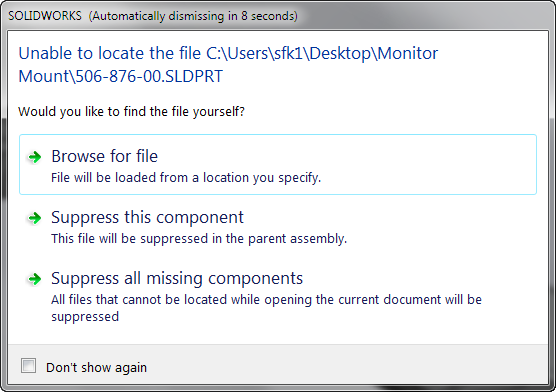 With SOLIDWORKS PDM, this challenge disappears. Users are free to rename files as they please and move them to convenient locations as needed, all the while having SOLIDWORKS PDM manage all the file references effortlessly. Once done, you can open your assembly or drawing without fear of error or warning.
With SOLIDWORKS PDM, this challenge disappears. Users are free to rename files as they please and move them to convenient locations as needed, all the while having SOLIDWORKS PDM manage all the file references effortlessly. Once done, you can open your assembly or drawing without fear of error or warning.
Revision Management
Another area where a lot of spent effort occurs is in trying the manage the revisions of an engineering design. I’ve seen many ways of attempting this. Everything from just not doing it all, to the opposite extreme of saving new part files with a revision appended to it, along with a new assembly, and a new drawing.
With SOLIDWORKS PDM, you’re able to track both versions AND revisions. By checking in your design, PDM automatically captures the changes that have been made, making them available at any time. When I’m ready to release a design, a revision letter can be applied, giving me a complete record of the design. In addition, PDM understands the ‘as built’ state of the design. Meaning, if I pull up an old revision, it references the revisions of the parts and assemblies at that point in time.
Rights Management
Often times, access to the engineering data at the right time in the design process, is as choreographed as a buzzer beating inbound play. Files are often located on one network drive while the design is in process, and then carefully moved to the ‘release’ folder when the design is finished. Managing all the referenced files and making sure they end up where they need be takes a lot of work.
With SOLIDWORKS PDM, workflows allow us to have powerful control over file access. By simply changing the workflow state of the file, I can affect not only the visibility of the file, but also the read / write access to the file as well. No more moving files around to the ‘released’ drive and trying to make sure those that are under change aren’t available to manufacturing.
In baseball, the fundamentals are often an uncelebrated part of the game. However, getting the fundamentals right allows a player in a high-stakes situation to focus on the execution and improvisation that’s often required on the field. Design is very much the same. If your data management fundamentals are solid, you can turn your attention to where it counts: executing efficiently on your design and getting to market quickly.
For more information on SOLIDWORKS PDM, please visit the product page.
Cheers to opening day and a great baseball season!
The PDM content of this post was written by SOLIDWORKS Territory Manager Steve Fick, read post here.
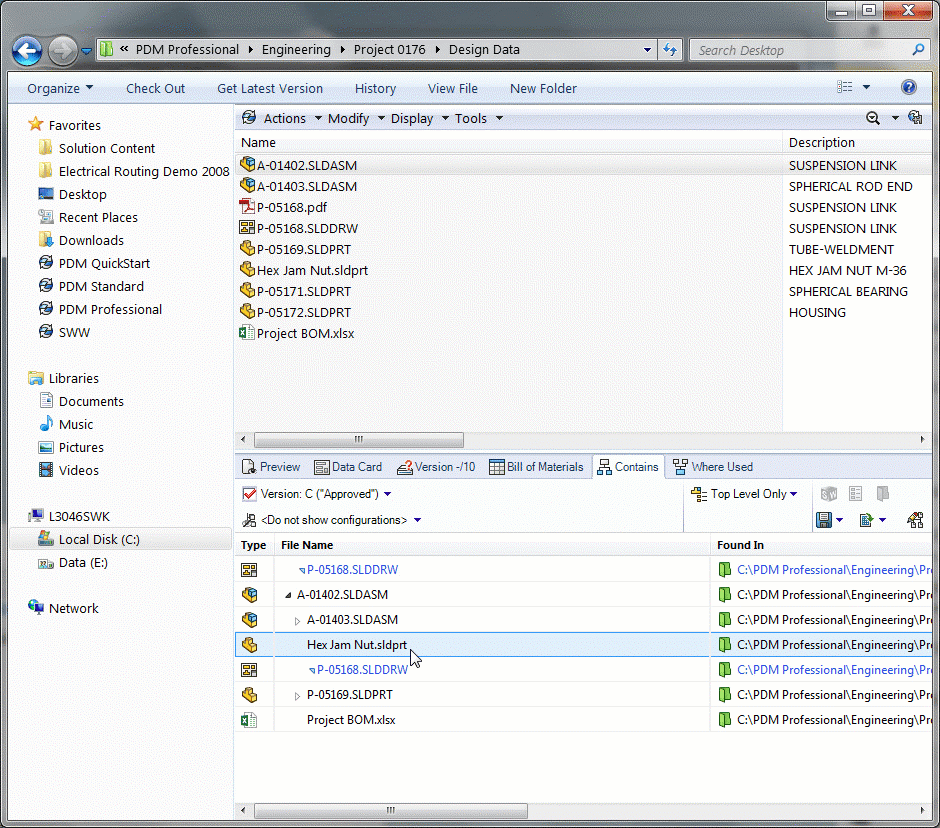
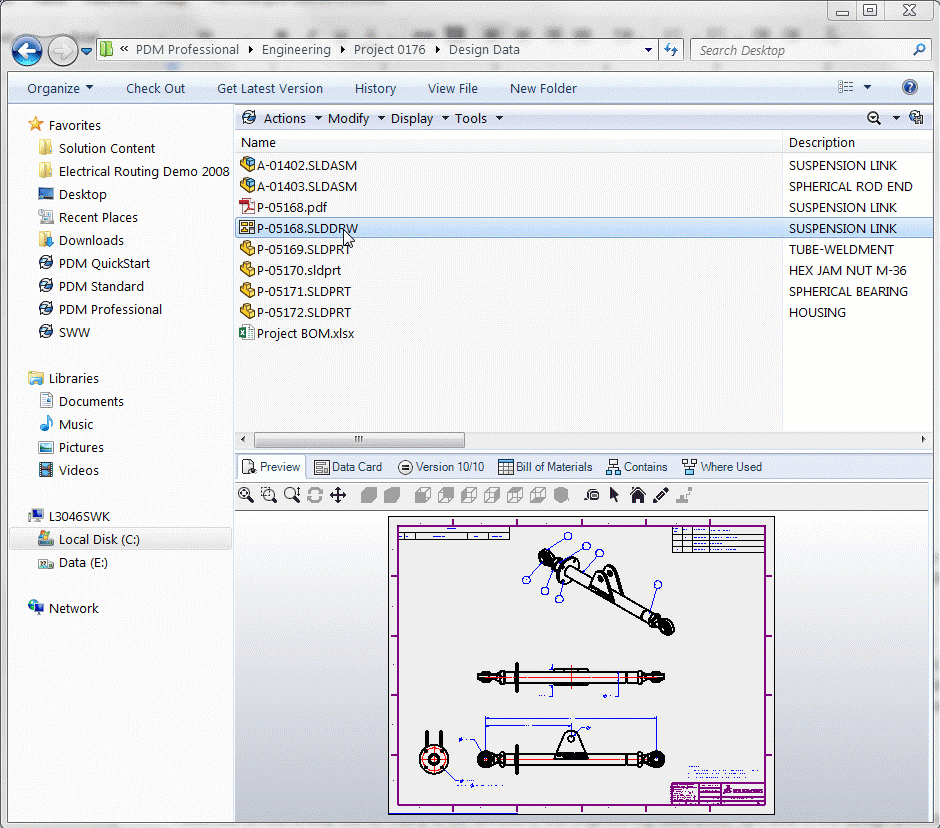
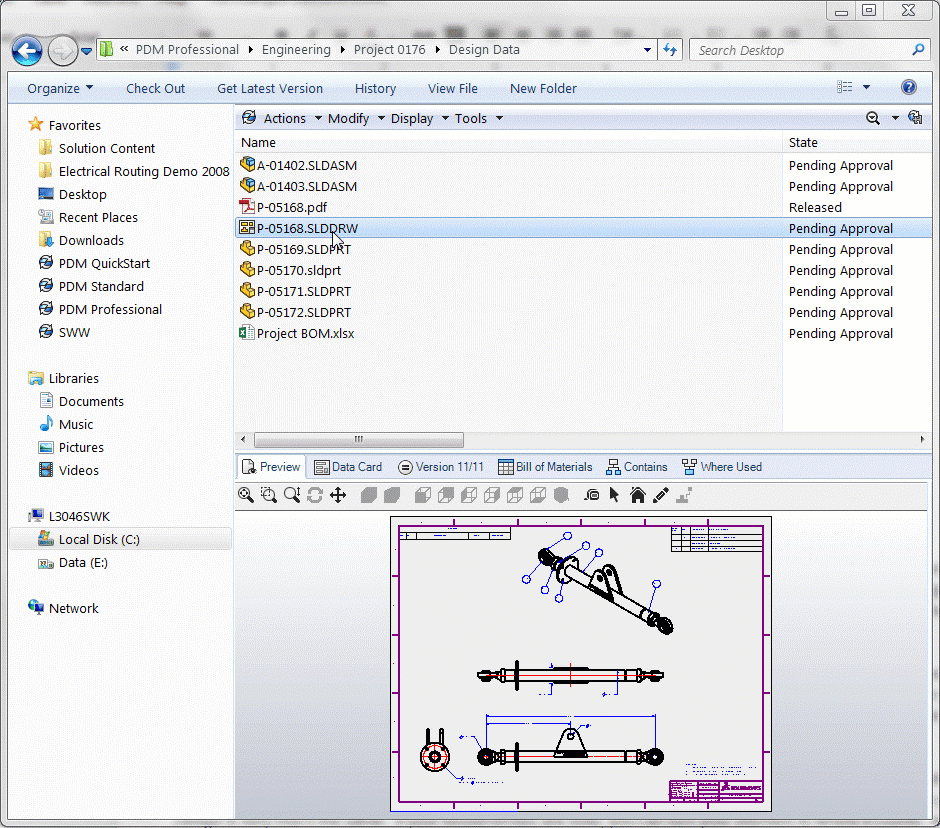


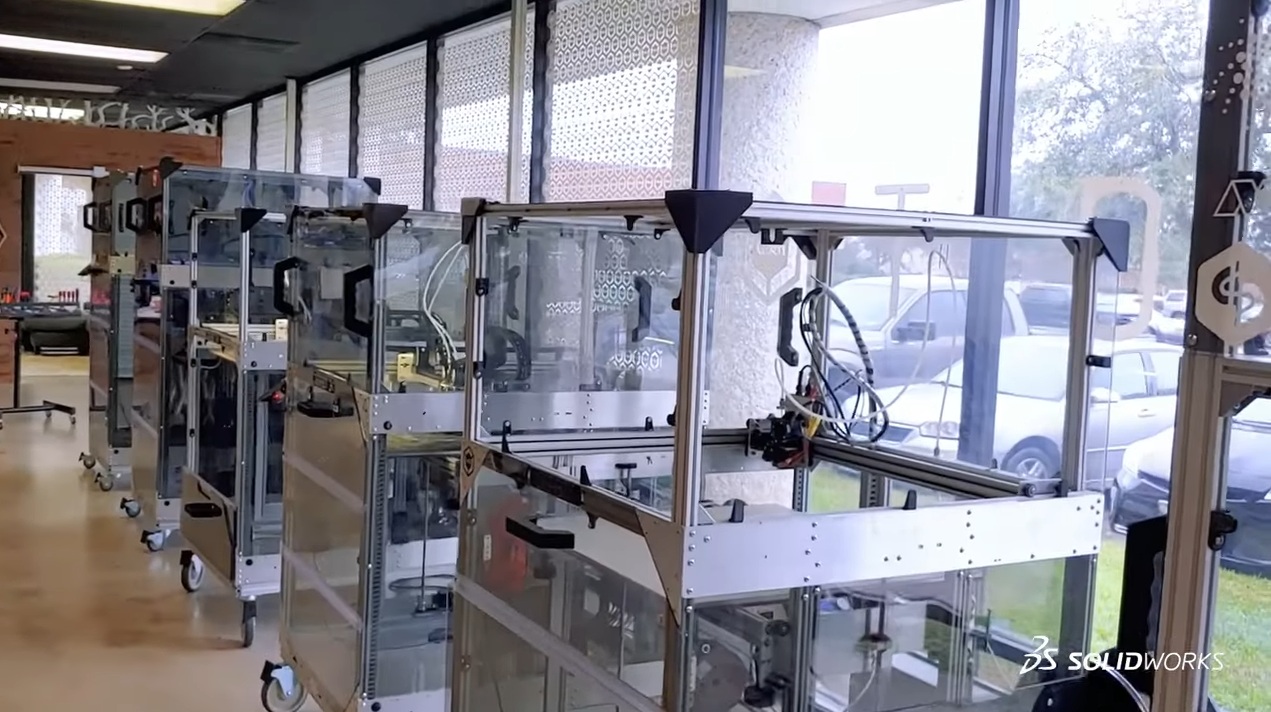

SUBMIT YOUR COMMENT